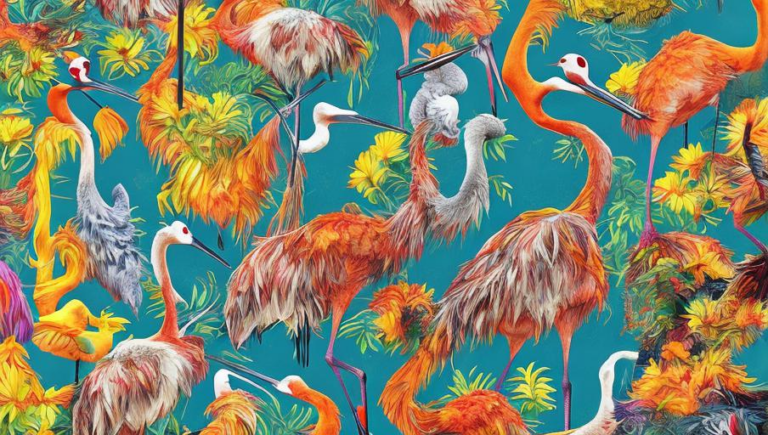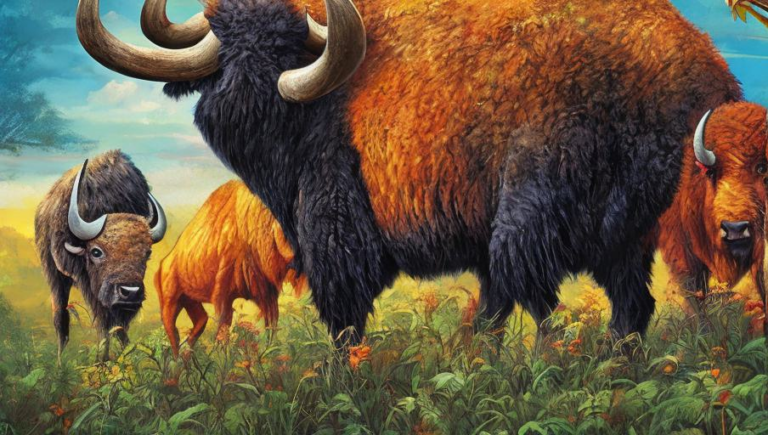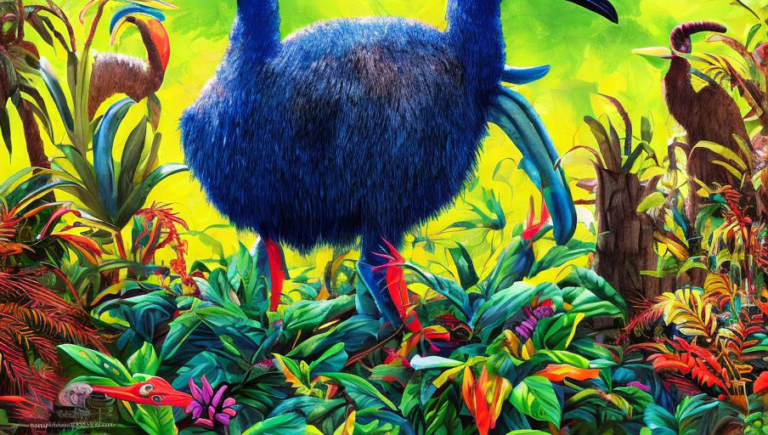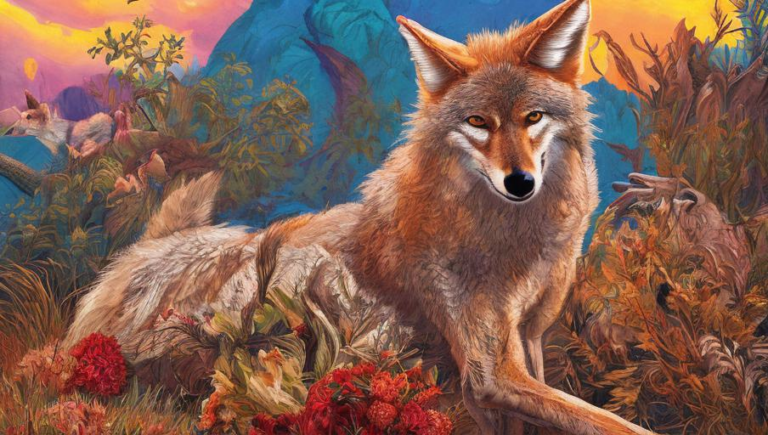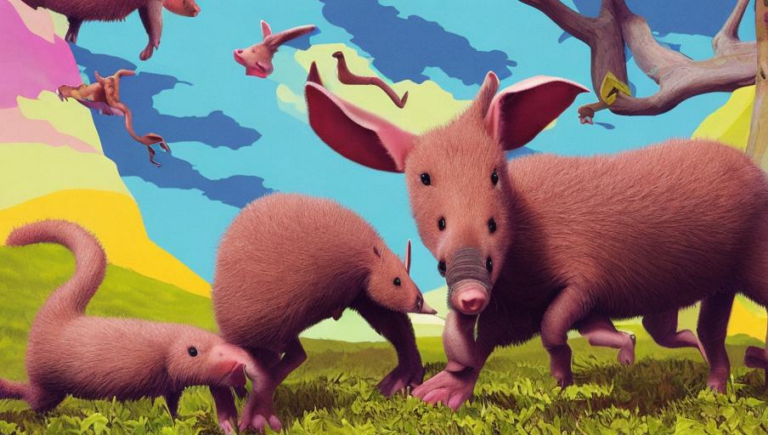Keenly Observing the Capybara in its Natural Habitat
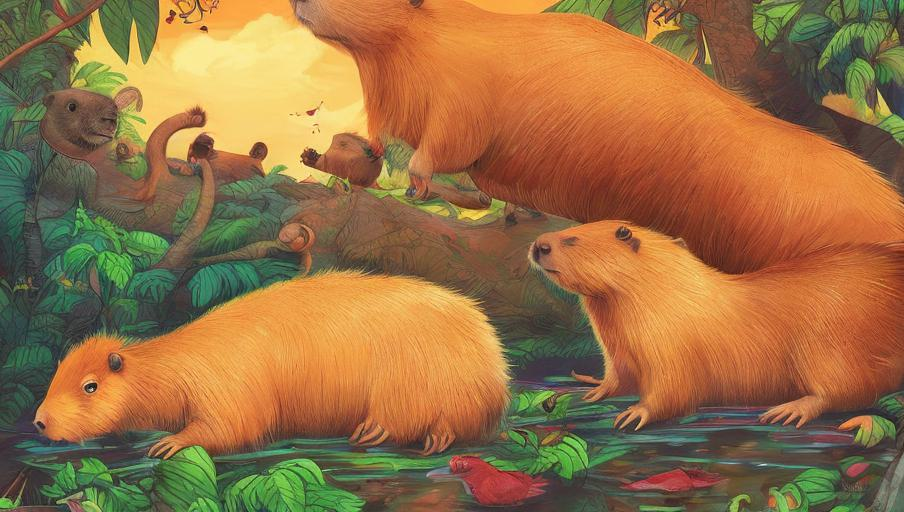
Introduction
The capybara is the largest living rodent in the world, and it is considered a “keystone species” in its native South American habitat. Capybaras are highly social and live in groups, often with a dominant male. They are gentle creatures, but can be aggressive if provoked. Because of their size, they are a favorite target of hunters, and their populations are threatened in many areas.
Observing Capybaras in the Wild
Capybaras are relatively easy to observe in the wild. They are usually found near water sources, such as streams, rivers, and ponds. They are also fond of grassy areas, which provide them with food and shelter. When observing capybaras, it is important to remain quiet and still so as not to disturb them. Binoculars can be helpful for getting a closer look at the animals.
The Habits of Capybaras
Capybaras are primarily herbivores, but they will also eat insects and small fish. They are very social animals and live in groups of up to 20 individuals. Females typically give birth to two to four young, and the young are born with fur and teeth. This allows them to immediately start foraging for food with their mothers.
Threats to Capybaras
Capybaras are threatened by habitat loss and hunting. They are hunted for their meat, which is considered a delicacy in some areas, and for their fur. Additionally, their populations are threatened by the introduction of exotic plants and animals into their habitats. Conservation efforts are underway to protect the capybara and its habitat.
Conclusion
The capybara is a fascinating creature that is both beautiful and gentle, but is threatened by hunters and habitat loss. With conservation efforts, it is possible to protect these animals and their habitats. Observing capybaras in their natural habitats is a great way to appreciate their beauty and learn more about them.
